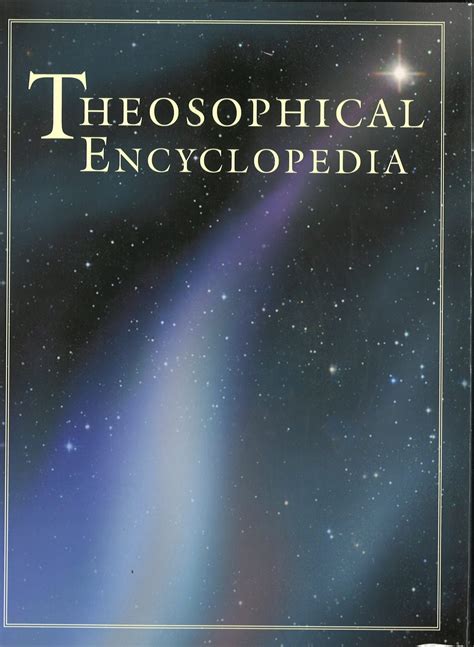… disputed, particularly when Franz Mesmer presented a number of demonstrations in Paris claiming to be using a psychic or occult force which became known as mesmerism. Mesmer’s claims were discounted by a committee of the Académie des Sciénces. …
… of a feeling of things that are coming. It might in one sense be spoken of as a form of clairvoyance” ( Fountain Source of Occultism, TUP, 1974, p. 241). Actually, the way ESP terms are now defined, it could be either telepathy, clairvoyance, or …
… Object of the Theosophical Society. Two slightly later American groups were keenly aware of theosophy, oriental philosophy, occultism and spiritualism. The first, loose grouping of Arthur Dove, Marasden Hartley, Georgia O’Keefe and the photographer …
… resting in a potential state in the very body of human beings. Geoffrey Hodson describes it as: A sevenfold, superphysical occult power in universe and man, functioning in the latter by means of a spiraling or coiling action, mainly in the spinal …
… A, B, C, AB, BC, AC, ABC totaling seven. He wrote: As a general rule, whenever seven entities are mentioned in the ancient occult science in India, in any connection whatsoever, you must suppose that those seven entities came into existence from …
… a driving force behind a movement of renewed spiritual aspiration and interest in the Orient, in ancient wisdom, and in the occult. This period, up to World War I, saw theosophy’s greatest influence on music, when it was linked specifically with composers (as also with painters) in the forefront of the Modernist movement. In France, theosophy contributed to the occultist atmosphere of the fin de siècle period, out of which came the “Rosicrucian” music of Erik Satie, and the symbolist …
… the chain of causation producing its correspondential series of effects. One who has carefully followed the teachings of Occultism . . . knows that every individual is his own creator or his own father, i.e ., our future personality will be the …
… of atomism in The Secret Doctrine and clairvoyant investigations of the atom in such later theosophical writings as Occult Chemistry by Charles W. Leadbeater and Annie Besant. Probably that is because the Vaieika concept of the atom (anu) … system of Indian philosophy which is not “found in full anywhere” but which “pertains to their synthesis”, i.e., “is the Occult doctrine” (SD I:269; cf. I:278). Whether this is a form of Mahāyāna Buddhism, Advaita Vedānta, or Kashmiri Śaivism is …
… mystic. One of his last messages to his intimate band of followers was that they should learn, by actual experience, that occult development comes best, quickest and safest, in the punctilious fulfillment of the small duties of every day. — …
… Leadbeater in psychic explorations of past lives of theosophists and the subtle matter of the universe, producing the books OCCULT CHEMISTRY and THOUGHT-FORMS , the latter being about the influence of thought on the physical world and containing …
 This Theosophical Encyclopedia contains all the articles of the printed Theosophical Encyclopedia published by the Theosophical Publishing House, Manila. In addition, new articles that are not in the printed version are continually being added. Many of the articles are also being updated.
This Theosophical Encyclopedia contains all the articles of the printed Theosophical Encyclopedia published by the Theosophical Publishing House, Manila. In addition, new articles that are not in the printed version are continually being added. Many of the articles are also being updated.